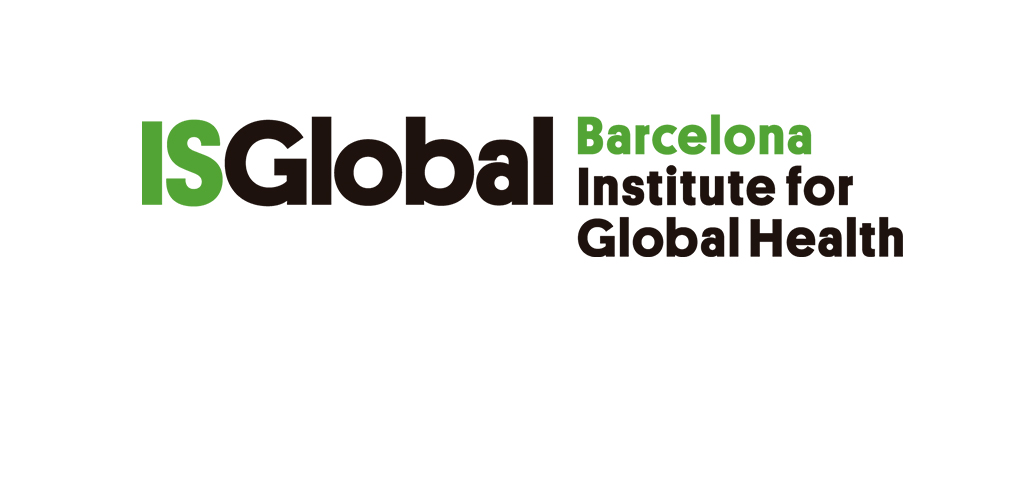Exposure to traffic pollution during pregnancy can damage future child’s lungs
Press Release Thorax
21.10.2014

Women who are exposed to traffic pollution while pregnant are increasing the chances of damaging the lungs of their unborn children, concludes a study published online in the journal Thorax.
Exposure to pollution during the second trimester of pregnancy in particular raises the risk of harm to a child’s lungs, underlining the multiple public health benefits of policies to reduce exposure to air pollution, say researchers.
Existing research has often highlighted the adverse effects of air pollutants on lung function in school-age children and adolescents, but the effects of a mother’s exposure to pollution on the lung function of her unborn child and shortly after birth are less well known.
Researchers led by Dr Eva Morales of the Centre for Research in Environmental Epidemiology (CREAL), an ISGlobal research centre, Barcelona, Spain, set out to examine the association of exposure to air pollution during specific trimesters of pregnancy and postnatal life with lung function in preschool children.
Using data from the INfancia y Medio Ambiente (INMA) Project – a population-based mother–child cohort study set up in several geographic areas in Spain – the researchers assessed lung function with spirometry (measuring of breath).
From the 1,295 women enrolled in the study at the beginning of pregnancy, the researchers obtained data on exposure to both air pollution and lung function assessment at 4.5 years old for 620 (48%) of their children.
Nitrogen dioxide (NO2) is a widely used marker of traffic-related air pollution, and benzene levels can reflect industrial activities and are considered as a surrogate for a mixture of predominantly traffic-driven pollutants. Both were used as indicators of pollution in the areas in which the women lived.
Analysis of the results showed that exposure to higher levels of benzene and NO2 in pregnancy was associated with reduced lung function parameters in breathing tests.
The volume of breath that has been exhaled at the end of the first second of forced expiration, known as the FEV1 (forced expiratory volume) was –18.4 mL for benzene and −28.0 mL, for NO2 in women exposed to pollution during the second trimester of pregnancy. FEV1 is a marker of airway obstruction.
Children whose mothers lived in a high traffic air pollution area for benzene during the second trimester of pregnancy had a 22% higher risk of impaired lung function than those living in less polluted areas.
The risk for children of mothers living in a high traffic air pollution area for NO2 during their second trimester was 30% higher than those from less polluted areas.
Stronger associations between higher levels of pollution around pregnant women and poorer lung function in their subsequent children appeared among allergic children and those of lower social class.
However, there was no significant evidence of an association between early postnatal life (during the first year of life), recent and current exposures to outdoor air pollutants with lung function at preschool age.
The researchers conclude: “Results suggest that exposure to traffic-related air pollutants acting during the prenatal period could adversely impact the developing lung.
“Public policies to reduce exposure to traffic-related air pollution may avoid harmful effects on lung development and function with substantial public health benefits.”
In a linked editorial, Professor Peter Sly, deputy director of the executive of the Queensland Children’s Medical Research Institute, University of Queensland, Brisbane, Australia says the study presents convincing evidence that prenatal exposure to pollution has long-term effects on lung function of children.
“Policy makers need to heed data such as those presented by Morales et al as limiting exposure to traffic-related pollution during fetal development and early postnatal life is one way that the burden of respiratory disease can be decreased.”



